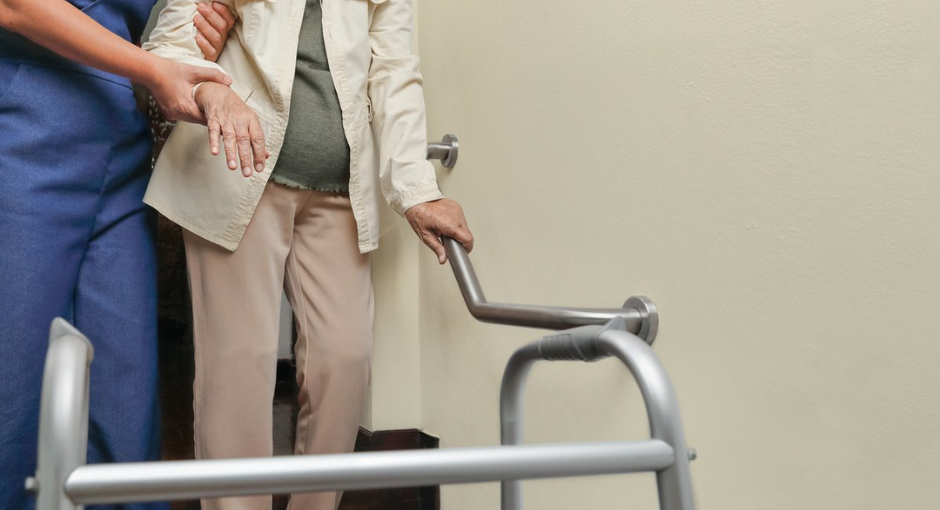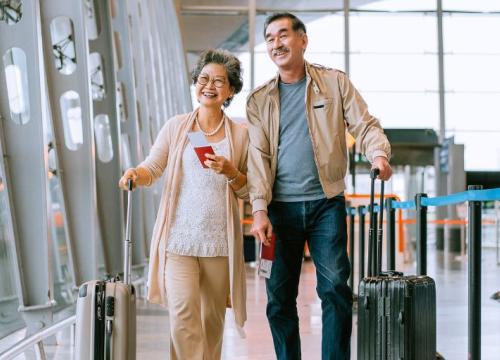Finding the Home You Need: Modifications for People with Parkinson's Disease

It can be very difficult for a someone with Parkinson’s disease (PD) to find a home with accessibility features. Most real estate agents don’t have much experience dealing with accessible properties and there are few resources that can simplify the process for disabled home buyers. It takes considerable research and patience to find a property that meets your needs.
It’s often necessary to find a home that can be modified to suit your needs. Making a home environment safer can reduce the risk of PD-related falls and injuries. Below are some tips to get started.
Locating an Accessible or Modifiable Home
Finding a home that’s right for you requires a lot of internet research looking for homes with specific features. There aren’t many dedicated online resources, though Barrier Free Homes, a one-stop source for disabled individuals looking for accessible housing, and Easy Living Home, a voluntary program that encourages the inclusion of accessible features, can be helpful.
Whatever resource you choose, begin searching as soon as possible and allow yourself enough time to find the right property. As you work through your search and the homebuying process, keep in mind the Fair Housing Act was enacted to protect disabled homebuyers from discrimination, so know your rights as you navigate this territory. In addition, federal departments such as Housing and Urban Development and the Federal Housing Administration can help qualified buyers find proper housing.
Home Modifications
As a person with Parkinson’s, there are certain safety features that you’ll need in a home, especially in rooms where accidents most often happen such as the bathroom and kitchen. Most falls happen in the bathroom because individuals struggle getting in and out of the bathtub or on and off the toilet.
- Prevent accidents by installing grab rails, firmly anchored into the wall alongside the toilet and the bathtub.
- If you or a loved one is in a wheelchair, consider having a roll-in shower installed.
- Keep these rooms brightly lit to prevent any missteps.
- Consider installing handles or levers instead of knobs or ease of access.
Kitchen
Kitchen accidents can easily happen, especially when reaching for a high cabinet.
- Have counters and food preparation areas, like a kitchen island, lowered to make them easily accessible for someone in a wheelchair.
- Set up a storage area for frequently used items so they can easily be accessed.
Stairways
Falls frequently happen due to insufficient lighting and inadequate railings in stairway areas.
- There should be a handrail on at least one side of the stairs, extending outward about three inches from the wall.
- Consider installing skid-resistant surfaces for the stairs.
- If reaching light switches is difficult, consider having a motion-activated light sensor installed.
Bedrooms
Take precautions to prevent falls in the bedroom. Install a bed rail or pole to assist in getting in and out of bed without accident and make it easy to reach lamps or light switches. The less you have to move around in the dark, the less chance there will be for an accident.
- Use a bright night light near your bed to help you navigate your way safely out of the room (the hallway and bathroom should also be well-lit to prevent nighttime falls).
- There should be no rugs or small pieces of furniture in the way that could be tripped over.
- Your clock, lamp, and phone should be placed on the nightstand directly next to the bed and within easy reach.
- Lay a piece of slippery fabric in the middle of the bed to make rolling easier and replace your top sheet with a light comforter.
General Modifications
- In general, flooring and furniture that could lead to accidents should be avoided. That includes unstable flooring, such as thick or uneven carpeting or slippery tile or hardwood surfaces.
- Furniture should be heavy, well-secured, sturdy and rest evenly on the floor. Remove anything that sits low and could be missed. Get rid of any furniture that swivels.
- Make certain all chairs have armrests and sit high enough to make standing up as easy as possible.
- There should be enough light, natural and otherwise, throughout the house so there are no dark corners.
- Consider purchasing a security system, which can be highly beneficial for people with disabilities, as often they are targets for crime. Having an added layer of protection will ensure you and your home are secure.
Think safety first as you consider potential new homes and pay careful attention to areas that would need modification before making a final decision. Remember that government agencies like HUD and FHA can help make sure your rights and needs are being met.
For more information about Home Safety call our free Helpline at 1-800-4PD-INFO (473-4636).
Related Blog Posts

20 Parkinson’s-Friendly Gifts

8 Tips for Traveling with Parkinson’s
